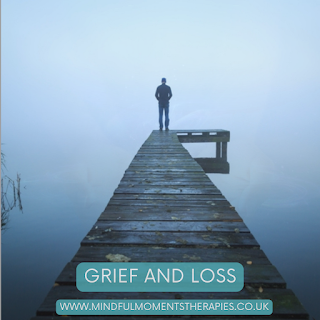How your environment can affect your mental health

Surroundings can have a profound impact on your mental health. The environments that are inhabited daily, such as workplaces, social places, and homes, can significantly influence your mood, stress levels, and overall well-being. Workplaces can drain the energy of both mental and physical aspects and as simple as layout and design can have detrimental affects. A cluttered, poorly lit office can increase anxiety and reduce productivity. Conversely, open, well-organised spaces with natural light can boost creativity and reduce stress. Ergonomic furniture further enhances physical comfort, improving mental focus. Offices that include plants, low lighting and regular screen breaks can support a more relaxed environment. High noise levels can cause distraction and elevate stress. Quiet zones and noise-canceling headphones can mitigate these effects, fostering a more conducive working environment. Positive workplace culture, characterised by supportive colleagues and constru...

